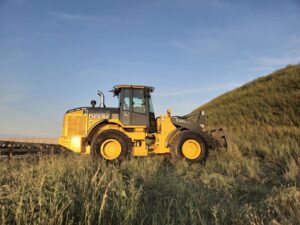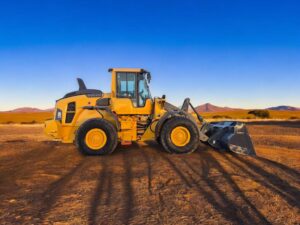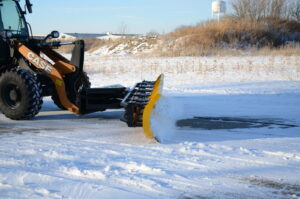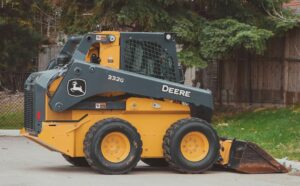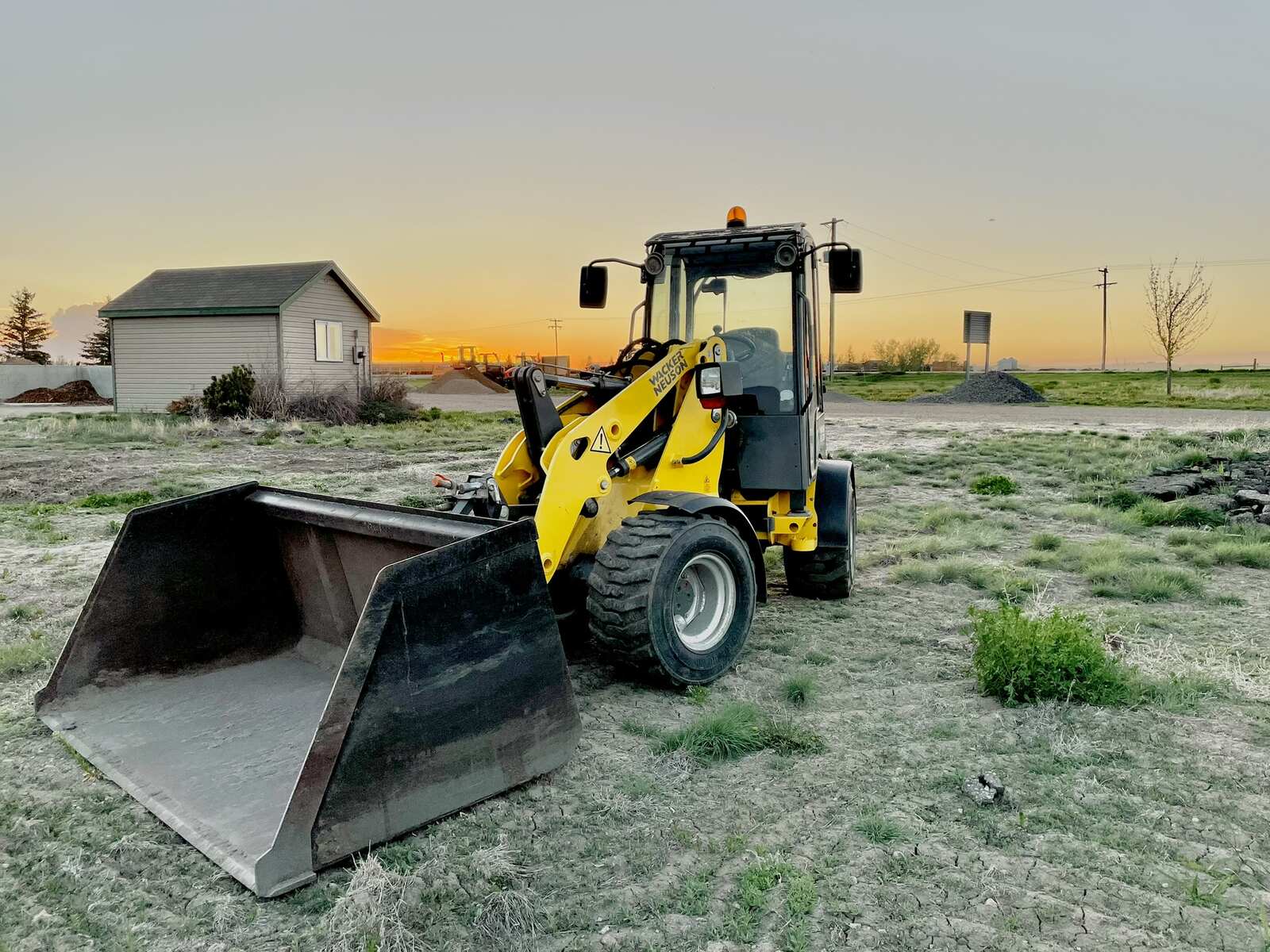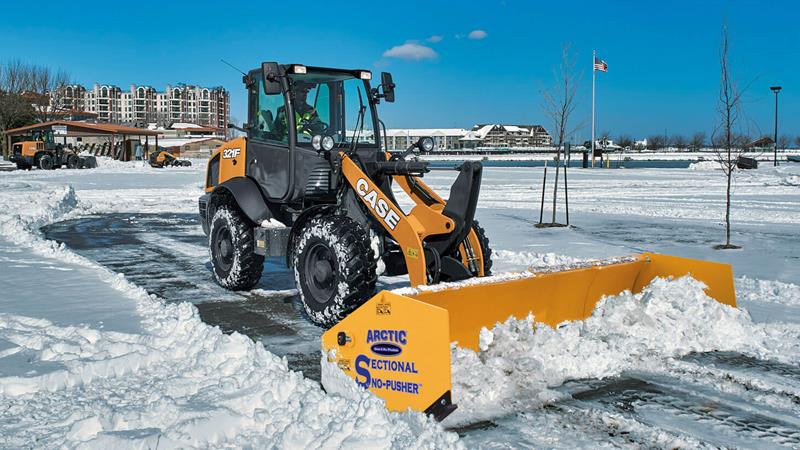Choosing whether to lease, buy, or rent heavy equipment is not just a financial call. It directly affects your job timelines, cash flow, and the total cost of running a project. Pick the wrong option and you could lock up capital you need elsewhere, deal with idle machines sitting in your yard, or face delays that cost your crew valuable time.
This guide breaks down the differences between leasing, buying, and heavy equipment rentals in Western Canada. You will see where each option makes sense, what the hidden costs look like, and how to avoid common mistakes contractors run into when acquiring equipment.
Table of Contents
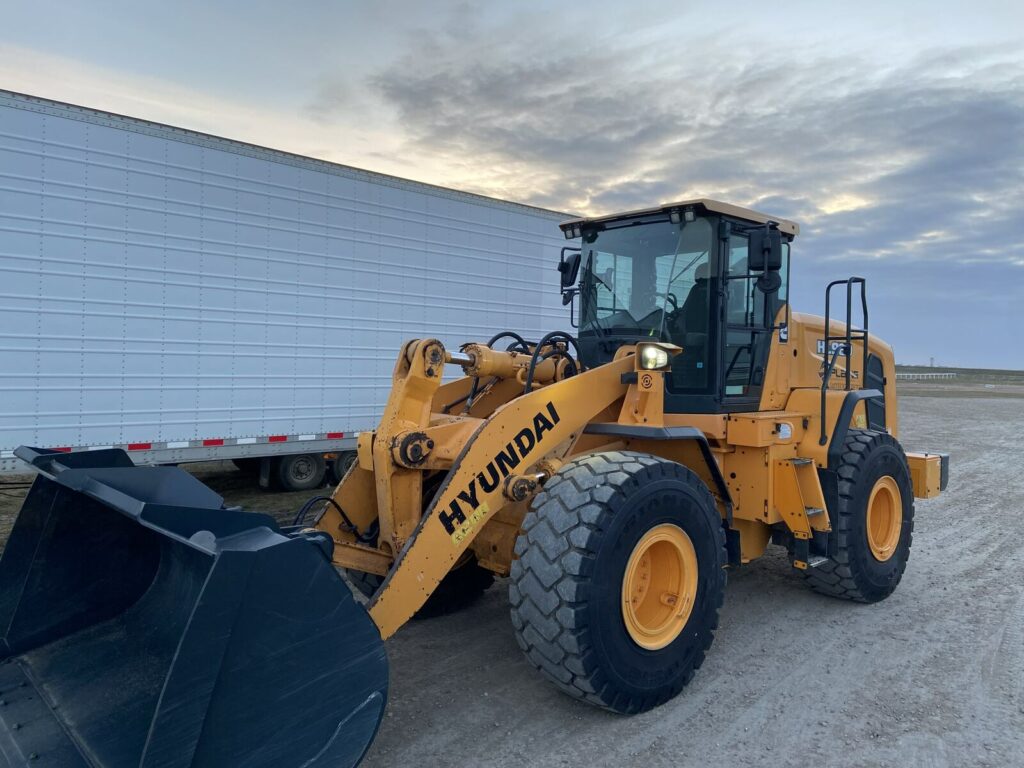
What Is Equipment Leasing (and When It Makes Sense)?
Equipment leasing is a financing agreement that lets you use heavy equipment for a set period while making fixed payments. Instead of paying the full purchase price upfront, you spread the cost out, which keeps more cash available for other parts of your business.
Advantages of Leasing
- Lower initial cost compared to buying outright
- Helps preserve cash flow and working capital
- Provides access to newer models and technology without a full purchase
- Great tax benefits
Disadvantages of Leasing
- Over time, leasing can cost more than buying, and you may be paying an inflated price for the equipment
- May be responsible for upkeep & maintenance if not covered under warranty
- You are tied to contract terms that may be difficult or expensive to exit early
- Long-term, fixed obligation generally has a minimum of 12 months, monthly payments will be due whether you use the machine or not
- At the end of the lease, you may not own the equipment unless a buyout is included
- Overage charges if exceeded the hourly usage per year, not always flexible to change mid-season with workflow
Lease-to-Buy Options
Many contractors in Western Canada choose lease-to-buy agreements. This approach lets you test equipment in real job conditions before committing to ownership. Payments made during the lease can sometimes be applied toward the final purchase price. The key is to calculate the total cost carefully, because in some cases the cumulative lease payments plus the buyout may exceed what it would have cost to purchase the machine upfront.
This option is best suited for businesses that want flexibility, need to keep capital free, but also see long-term potential in eventually owning the machine. For companies weighing different financing paths, equipment leasing in Western Canada can be a smart choice if managed with clear cost analysis.
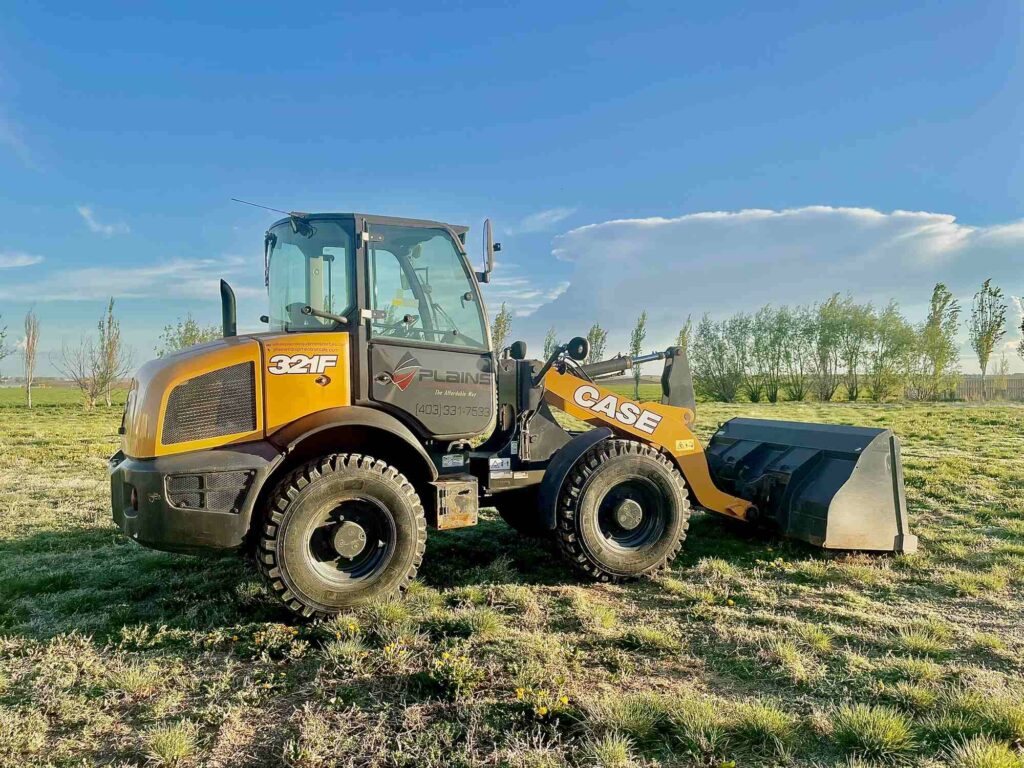
Buying Heavy Equipment – Long-Term Control, Higher Upfront Costs
Buying heavy equipment means full ownership from day one. You gain equity in the machine and can treat it as an asset on your books. For many contractors in Western Canada, buying can make sense if the equipment will be used consistently and is the core to your business year-round across multiple projects.
Advantages of Buying
- You own the equipment outright and build equity over time
- The machine is always available when you need it, with no scheduling conflicts
- You can sell or auction it off when you choose
- Have the ability to choose the exact features and brand you like
Disadvantages of Buying
- Requires significant upfront capital that could be used elsewhere in the business, with a greater ROI (return of investment)
- You take on full responsibility for all maintenance, repairs, depreciation, insurance and storage.
- Equipment can become outdated as technology advances, leaving you with lower resale value
- Lower tax savings than renting or leasing options
Buying is best suited for contractors or municipalities that have steady, long-term demand for specific machines. For example, a wheel loader used year-round in roadwork or municipal operations often justifies the investment. When evaluating options for buying heavy equipment in Canada, make sure the expected usage will deliver a strong return on the initial capital outlay.
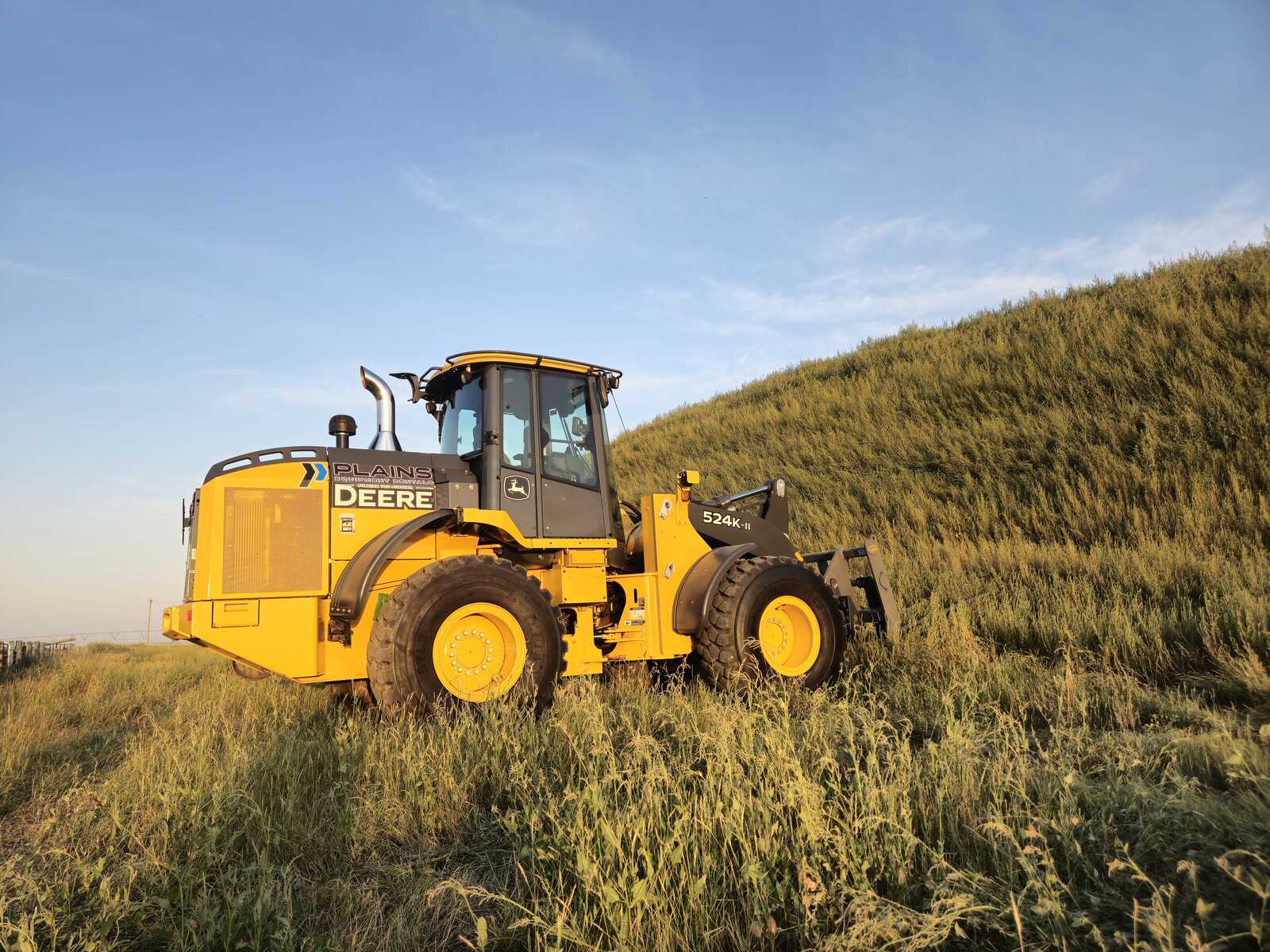
Renting Heavy Equipment – Maximum Flexibility
Renting heavy equipment gives contractors access to machines only when they need them. Instead of committing large amounts of capital or getting locked into long contracts, you pay for the project, season, or specific time frame required, with the ability to end the rental at any time.Renting with Plains also allows you to adjust your usage at anything which reflects on your rental rate, making it cost effective to your needs through the project or season.This makes renting one of the most flexible options available to construction companies and municipalities.
Advantages of Renting
- Lower short-term costs compared to buying or leasing
- Peace of mind- let the rental company handle maintenance, repairs, transportation, and depreciation while you focus on your business
- Access to the exact machine you need for each project without keeping a large fleet on standby
- Dedicated service on call, ready to assist with any equipment questions or problems
- Generally, you will get modern, well-maintained equipment to operate
- Predictable costs
- Rental payments are 100% fully tax-deductible
- No liability on your record. This can make your debt-to-equity ratio look better when approaching banks for additional financing.
Disadvantages of Renting
- Renting over a long period can cost more than buying or leasing.
- Rental payments can be higher then leasing as they are spread out over a shorter peiod of time
- Availability can be an issue during peak construction seasons if not secured early
- Owning allows freedom to full customization and branding
- If renting through an unreliable equipment rental provider your reliant on them and their equipment to keep your projects moving
- Customers can’t always spec machines exactly the way they want (attachments, telematics, special tires, etc.)
Renting is best suited for short-term projects, seasonal spikes in workload, or as a fast replacement when owned equipment breaks down. For contractors focused on efficiency, heavy equipment rentals in Western Canada provide flexibility while avoiding the long-term financial burden of ownership.
Rent-to-Own Options
Many contractors in Western Canada choose a rent-to-own or rent-to-buy agreement. This approach allows you to test equipment in real-world, and job conditions before committing to ownership. A percentage of rental payments can often be applied toward the final purchase price. Generally, the percentage applied is based on the equipment’s age and demand.The key is to calculate the total cost carefully, because in some cases the cumulative rental payments plus the buyout may exceed what it would have cost to purchase the machine upfront.
This option is best suited for businesses that want to effectively test out the machine before committing to purchase. It also may allow testing of several machines in a short period to see which option makes the most sense for their operation.
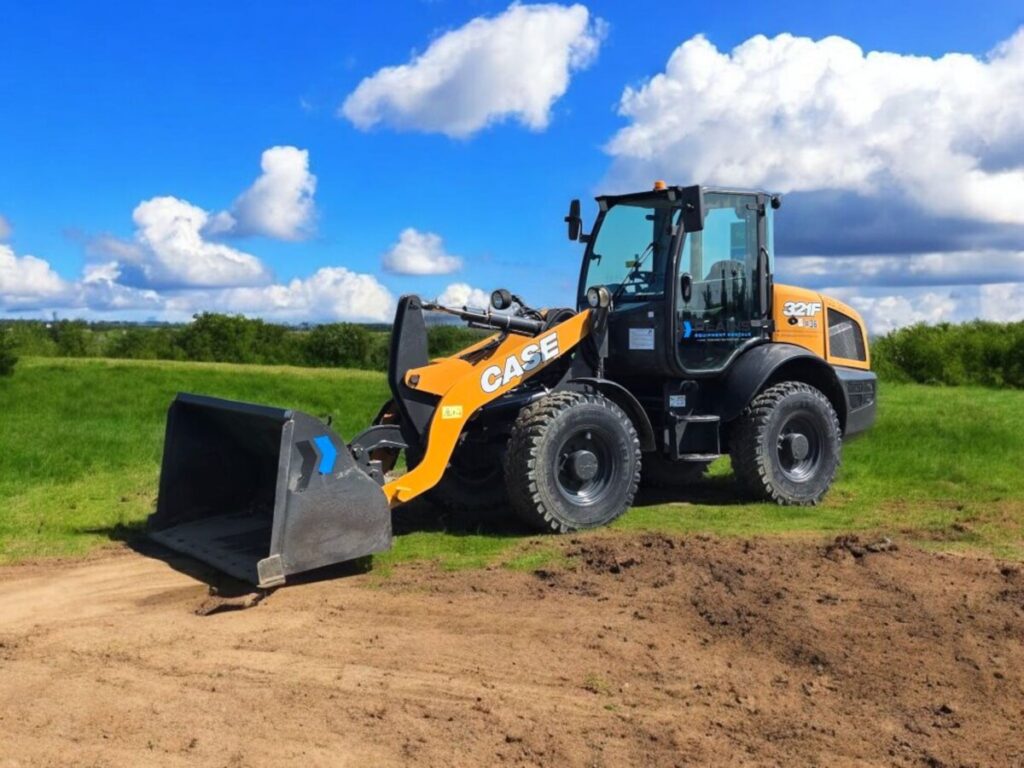
Cost Models Explained: Industry Standard vs Plains’ Usage-Based Pricing
Most rental companies in Western Canada bill on a flat daily, weekly, or monthly rate, allowing 8-10 hours of operation per day, 40-50 per week and 150-200 per month. This means you pay for the time the machine is in your possession, whether it is running or parked. For contractors, this often leads to wasted costs when equipment sits idle but the clock is still running.
Plains Equipment Rentals takes a different approach with usage-based equipment rental pricing. Instead of charging by calendar days, we give the customer the opportunity for a more cost-effective option, if applicable, by asking the contractor the estimated hours the equipment is needed per period. We calculate your rate based on what your planned usage is, nothing more. If you say 70 hours for the month, but only use 40, your cost is still based on the agreed 70 hours, but you’re in control and can lower or increase the planned usage for the next period, giving you clarity and predictability. If the planned hours are exceeded, the cost per extra hour is billed transparently with the rate of overage known upfront, no hidden fees.
This pricing model gives contractors a clear way to plan budgets, avoid unnecessary charges, and align costs directly with project usage. When paired with reliable, well-maintained machines and proactive service, it eliminates the biggest headaches that come with standard industry rentals for companies looking for flexibility, hassle-free service without the commitment of a purchase.
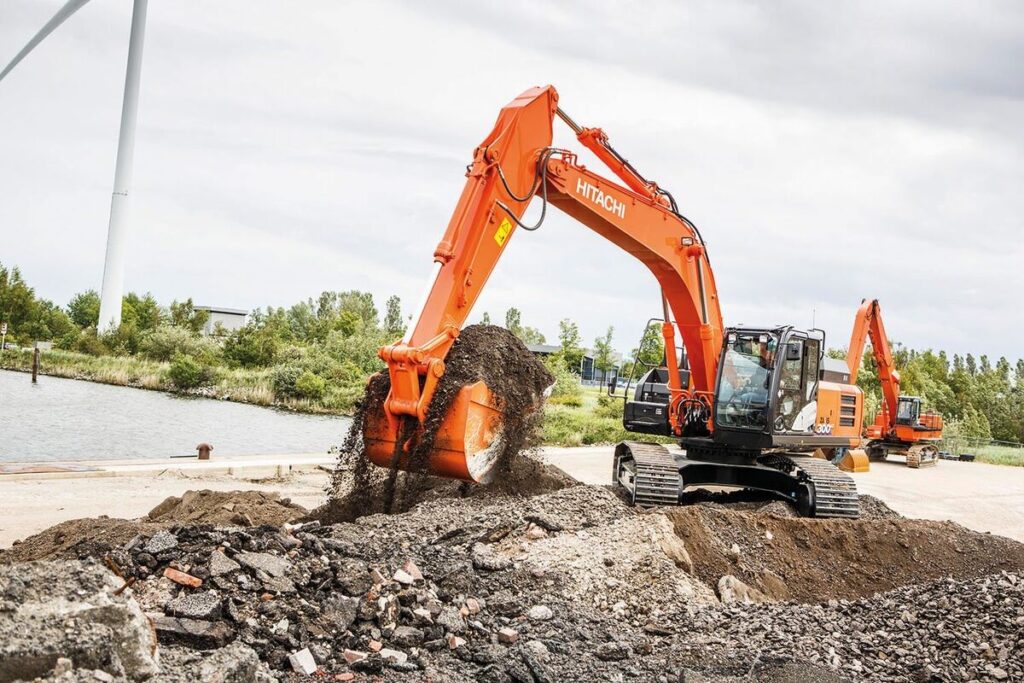
Common Contractor Questions Answered
Is it cheaper to rent or buy equipment in Western Canada?
For short-term or seasonal projects, renting is almost always cheaper because you avoid high upfront costs and ongoing maintenance. Buying only makes sense if the machine will be used consistently in your business or is the core of your business year-round.
What is the difference between leasing and financing?
Leasing is a contract where you pay to use equipment for a set period, often with the option to buy at the end. Financing is a loan that helps you purchase equipment outright, giving you ownership from day one.
Does renting include maintenance and insurance?
Yes. When you rent from Plains, all costs for maintenance, servicing, and commercial liability insurance on the rented equipment is covered by us. Additional protection is available as an add-on through our Rental Protection Plan or contractors can use their own coverage.
What happens if my project runs longer than planned?
With standard rental companies, you would often face surprise charges. At Plains, extra hours or an extended period needed are billed clearly with no hidden fees, so you know exactly what to expect.
Can I write off rental expenses on taxes?
Yes. Rental payments are considered an operating expense, which means they can typically be deducted in the year they are incurred. This gives you an immediate tax benefit compared to depreciation schedules on purchased equipment.
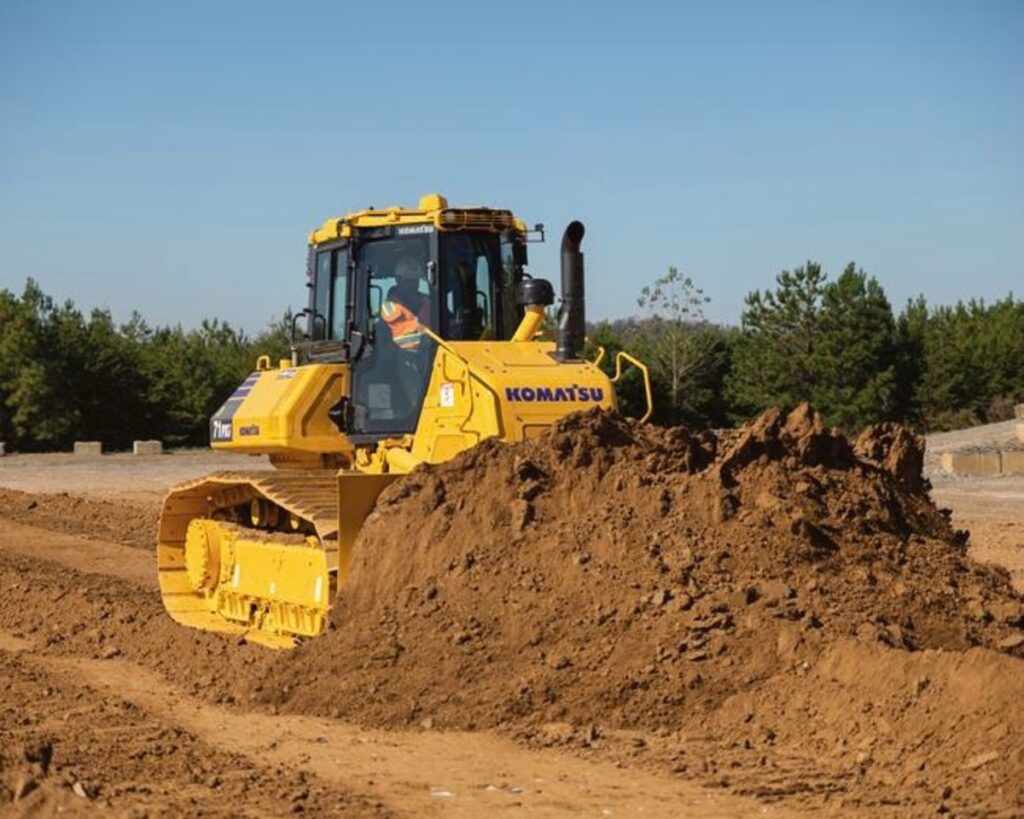
How to Decide: Lease, Buy, or Rent Framework
Lease
Leasing makes sense if you want access to the latest equipment while protecting your cash flow. It is a strong option for companies that need top-of-the-line machines but do not want to tie up capital in ownership.
Buy
Buying is the right choice if your crew will use the machine year-round, you have systems to handle downtime and breakdowns, and you want the stability of having it in your fleet at all times. Ownership builds equity, but only pays off if the equipment is kept busy.
Rent
Renting works best for seasonal projects, short-term jobs, or when you need a quick replacement to avoid downtime or if you require high quality equipment and peace of mind to focus on your highest impact activities. It gives you maximum flexibility without long-term financial commitments.
At Plains, we help contractors make these decisions with real numbers, not guesswork. Our contractor-owned approach, personal service, usage-based pricing options, and proactive maintenance ensure you get equipment that shows up on time, performs reliably and efficiently.
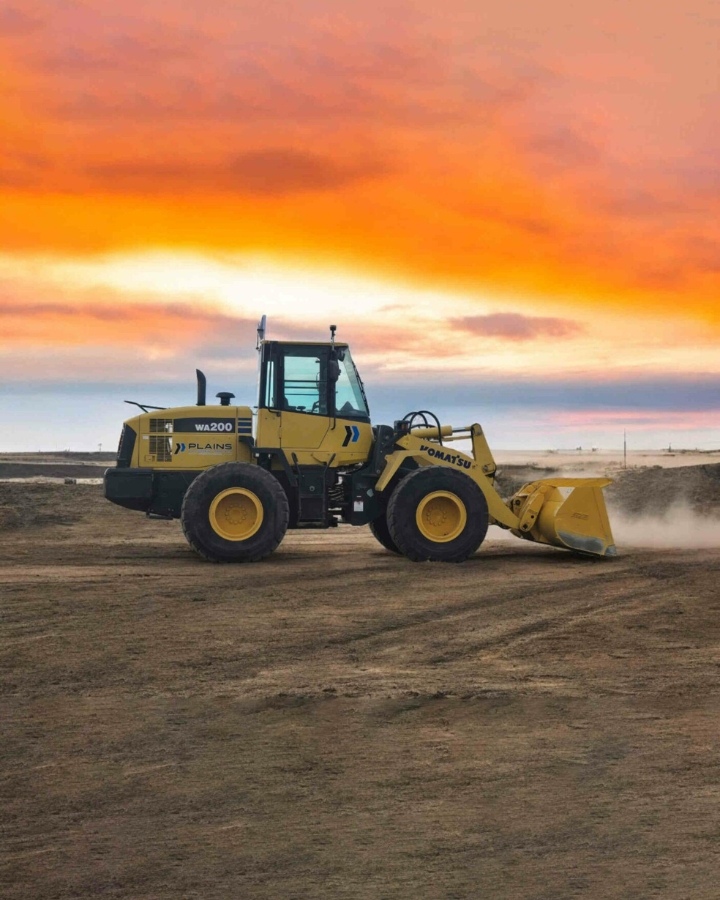
Lease, Buy, or Rent Heavy Equipment in Western Canada: Which Option Fits Your Project?
Every option has its place. Leasing can protect cash flow while giving access to the latest models. Buying can make sense for long-term, high-use equipment. Renting provides flexibility for seasonal or short-term needs. The right choice depends on project length, usage, and the best place to put your capital to work.
At Plains Equipment Rentals, we make that decision easier with usage-based pricing, fully transparent billing, reliable machines, and on-time delivery. No hidden costs, no runaround, just equipment that works when you need it.
Request a free quote today and get a clear side-by-side breakdown for your next project.


